CTRL+K
CTRL+K
The Amazigh New Year, called Id Ennayer, falls on January 13th every year. It is a special celebration for the Berber people who live in North Africa. Id Ennayer has been celebrated for a very long time. It started as a way for farmers to celebrate the start of a new year for growing crops. Over time, it became an important part of the Amazigh culture and traditions. Id Ennayer is a time for renewal, hope, and unity among the Amazigh communities.
During Id Ennayer, people come together to enjoy traditional foods, music, and dances. They wear colorful clothes and decorate their homes with bright fabrics and flowers. One of the main traditions is to light candles and make wishes for the new year. Families also exchange gifts and share stories about their ancestors. The celebration brings joy and strengthens the bond within the Amazigh communities.
The Id Ennayer, or Amazigh New Year, is a celebration with roots dating back thousands of years. It shows the close bond between the Berber people and the land they farm. January 13th marks the start of the Amazigh calendar. This date goes back to 950 BC when Sheshonq I became king of Egypt. He started the 22nd dynasty and was from the Berber people.
The Amazigh New Year celebrations have deep meanings. They honor the cycle of seasons and the rebirth of nature. Families gather to feast on traditional foods like couscous and tagine. They exchange gifts and wish each other prosperity. Communities hold festivals with music, dancing, and colorful costumes. These festivities strengthen Berber identity and values. They pass down ancient traditions to new generations.
Id Ennayer is a special occasion marked by diverse customs and rituals across different regions. However, these traditions share common themes of community, gratitude, and looking forward with optimism. One central tradition involves preparing delicious traditional dishes like ‘Ourkimn,’ ‘Tagoula,’ or ‘L’bssiss.’ These dishes are made with seasonal ingredients that symbolize abundance and prosperity. Sharing these tasty meals with family and friends creates a wonderful sense of togetherness and happiness.
Across various celebrations, Amazigh communities partake in ancient customs to dispel malign forces and ensure bountiful crops the following year. Such practices might involve burning aromatic plants or grains, uttering sacred incantations, and engaging in traditional dances passed down for generations. These rituals exemplify the profound spiritual bond between the Berber populace and the natural realm, venerating the cyclical patterns of nature and sustainable agricultural practices’ significance.
In our times, the Id Ennayer festival continues to be enthusiastically celebrated with great respect for Berber traditions. The festivities now include modern elements like music shows, art displays, and cultural workshops that draw people of all ages and backgrounds. Social media platforms have also played an important role in connecting Amazigh communities globally. This has raised awareness of Id Ennayer beyond North Africa, fostering a sense of pride and unity among the diaspora.
As societies embrace diversity, ceremonies like Id Ennayer highlight the enduring traditions of the Amazigh people. Through rhythmic melodies and intricate dances, Berber communities proudly showcase their cultural identity. This celebration reinforces the rich tapestry woven by various ethnic groups worldwide. Embracing Id Ennayer’s essence, we recognize the value of unity amidst differences, cherishing the timeless customs that unite humanity across borders.
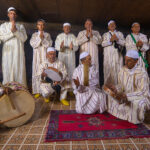



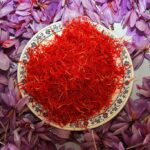
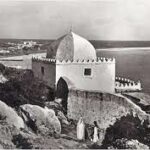
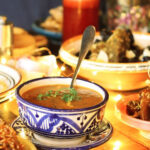





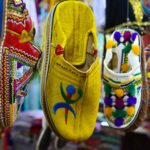



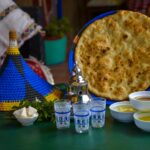
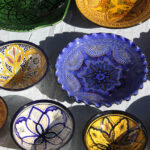
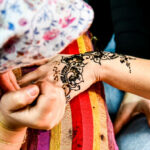


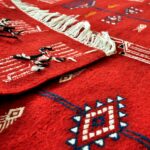


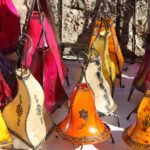











There are no results matching your search.
Reset